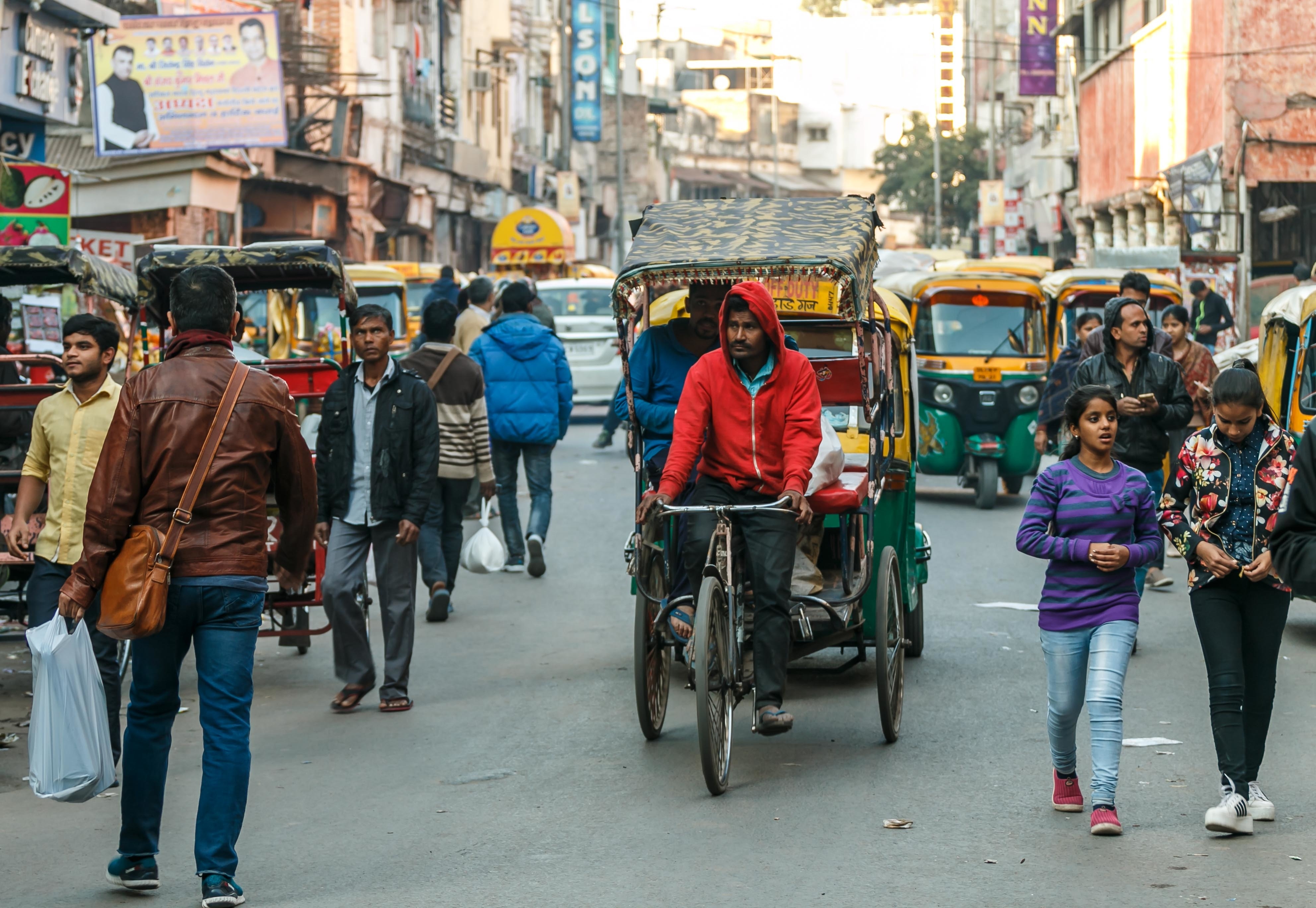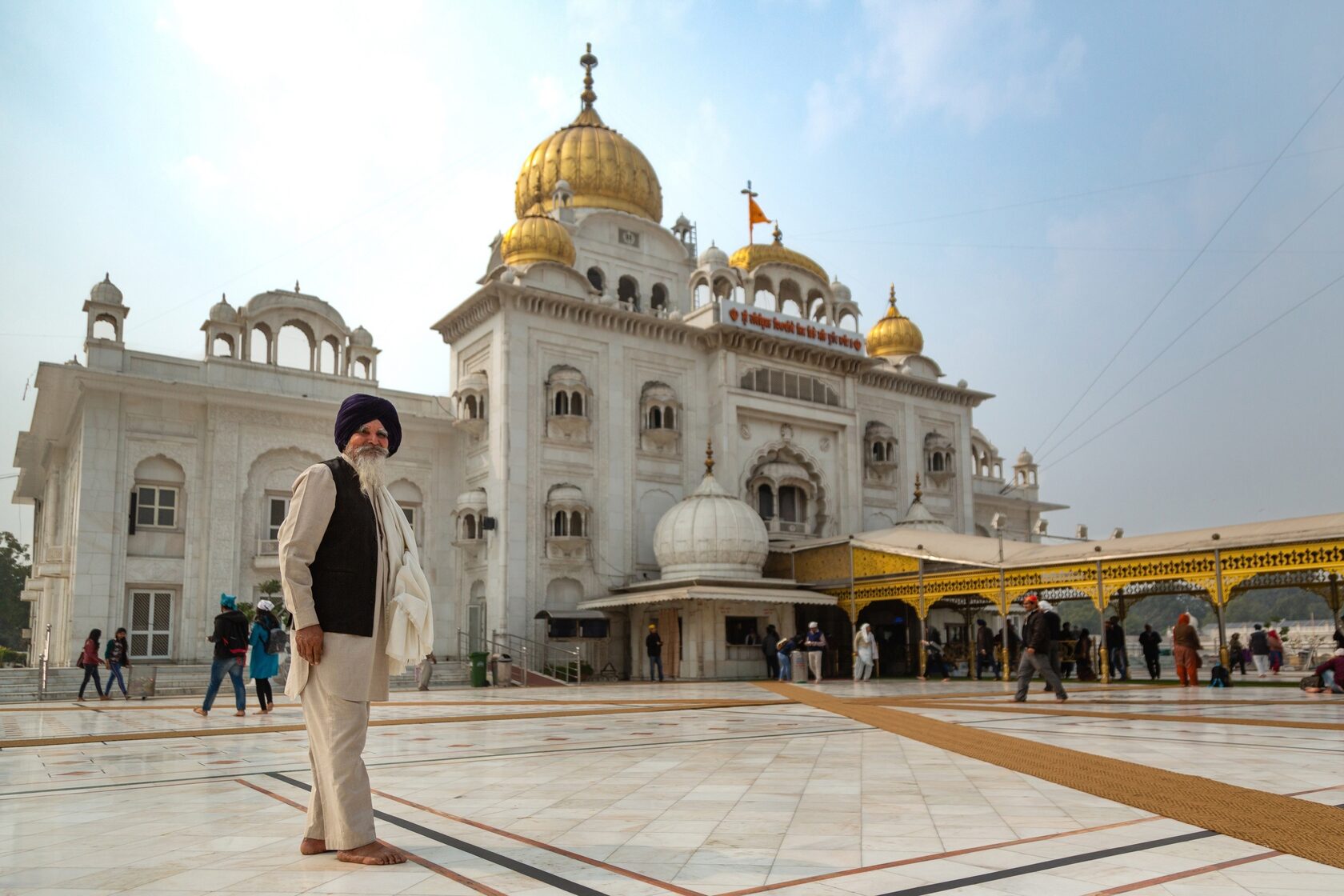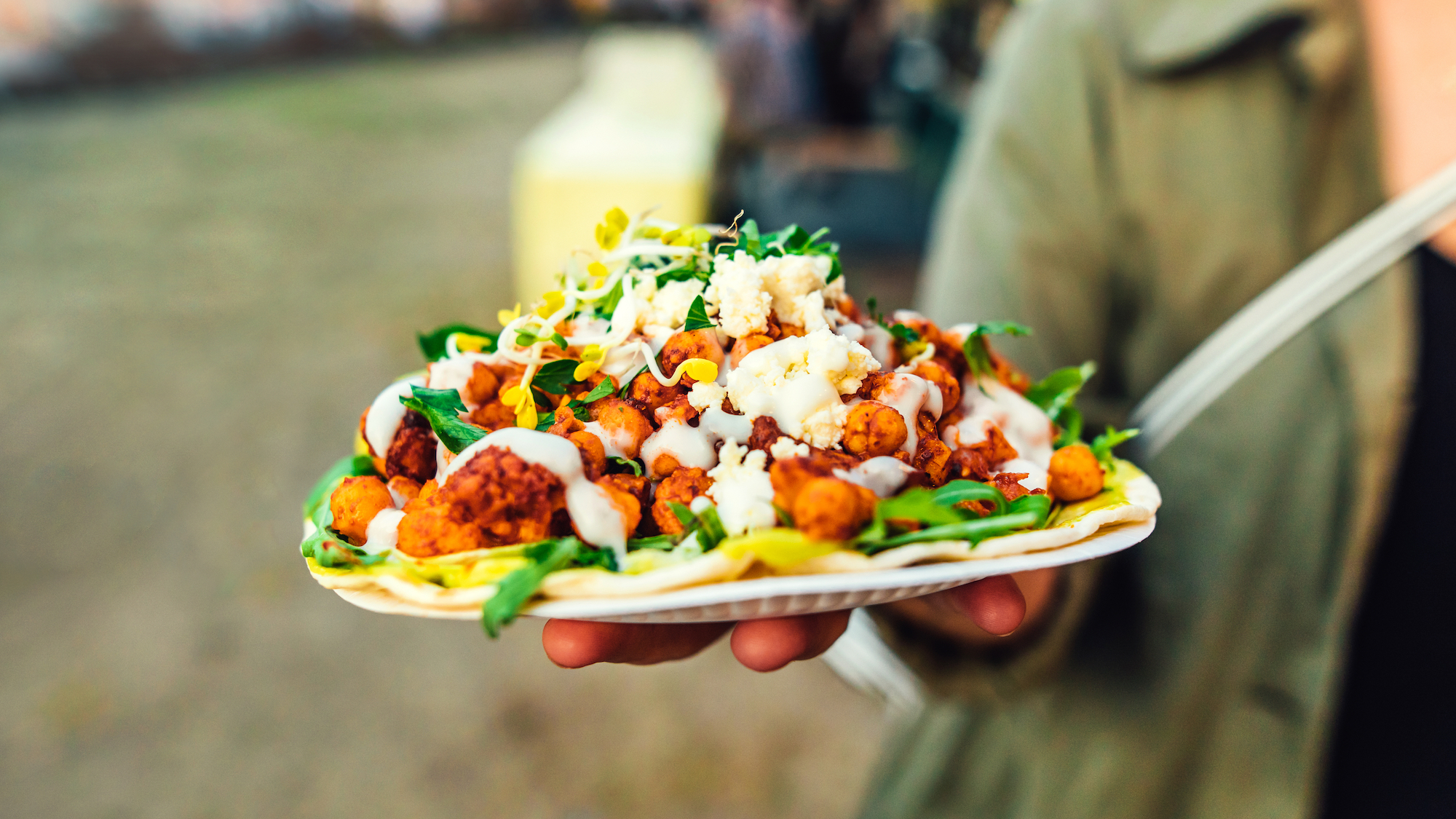
Adviсes • 24 September, 2025
How to travel safely in Delhi
A trip to Delhi reveals India to its fullest potential: ancient traditions coexist with the vibrant life of a metropolis, and bustling streets give way to green parks and colorful markets. This city impresses with its architecture, cultural heritage, and culinary diversity. Many tourists visiting the Indian capital for the first time note that Delhi can seem chaotic and unfamiliar, but this is no reason to abandon the trip. By following simple rules, your trip will be comfortable, safe, and filled with vibrant experiences. The city offers a wealth of discoveries, from strolls through ancient neighborhoods to visits to modern cultural centers. Here you can experience the true rhythm of India and touch its centuries-old history. Direct flights with Centrum Airlines are also available. Air will help you explore India easily and without any hassle. Travelers only need to choose a convenient flight time and create an itinerary filled with discoveries.
Getting around the city

Your journey through Delhi begins immediately after leaving the airport. To ensure your journey is as comfortable and intuitive as possible, it's important to know the main transportation options and how to use them in advance. Delhi offers a wide range of options, from the modern metro to traditional auto rickshaws, reminiscent of Istanbul's diverse transportation system, where a modern metro coexists with trams and ferries. The city's transportation system may seem complicated at first. However, with the right approach, navigating the capital will be an engaging part of your trip.
- Pre-paid taxi ( Pre-paid Taxi ). The safest way to get from the airport or train station: the price is fixed, there are no extra charges, and you'll get your receipt right at the counter. Simply provide your hotel address, number of passengers, and luggage;
- Taxi through the Uber and Ola apps . A convenient option for short and medium-term trips: you can see the price in advance and pay online. The downsides include the need for a stable internet connection and waiting in a designated area for the driver.
- Regular street taxis. They're everywhere, but you should only use them if necessary: it's important to agree on a price before boarding and be prepared for inflated fares;
- The Delhi Metro. One of the most convenient and safest forms of transport: clean, fast, and with clear navigation. Fares vary depending on the number of stations. Women have separate carriages, usually at the front of the train.
- Buses. A cheaper but less comfortable option. The crowds and complex route system may be unusual for tourists, but they are suitable for short trips within the area.
- Rickshaws and tuk-tuks. Colourful transport for short distances, familiar not only in India, but also in Bangkok, where similar transport is also widely used by tourists. The price is always discussed in advance, and a little haggling is often possible. It's a good way to experience the city's atmosphere.
Whatever your transportation choice, it's important to follow simple safety precautions: always carry your hotel card with the address, try to plan your travels in advance, especially in the evening, and avoid riding in crowded vehicles during rush hour. These simple rules will help make your travel around the city as convenient and enjoyable as possible.
How to protect yourself from petty theft
Delhi is a crowded city, where traffic remains chaotic and shopping streets are overcrowded. This dynamic creates the breeding ground for petty crime, and theft is the most common problem tourists face. This most often occurs when travelers become overly relaxed and let their guard down, allowing strangers to take advantage of their inattention. Particular attention should be paid to personal belongings in crowds, on the metro, at train stations, and on popular tourist streets. Pickpockets often work in pairs, distracting visitors with conversations or unexpected questions. Understanding these characteristics helps you plan ahead for appropriate behavior: carry only what's necessary, avoid displaying valuables, and remain alert even in the busiest areas of the city.
Practical tips for protection:
- Backpack and bag. It's best to carry them in front of you and keep the zippers tightly closed, especially in crowded areas;
- Phone and documents. It's safer to keep them in inside pockets or a belt pouch, out of reach of unauthorized persons;
- Money. It's advisable to separate your cash into several parts, putting them in different places to avoid losing everything at once;
- Photos and videos. Avoid taking out your phone while riding a moving rickshaw or motorcycle, as it may be snatched from your hands;
- Bank cards. For added security, use a separate card with a limited balance for travel and purchases.
If you still feel you need help, don't hesitate to contact authorities: police officers, uniformed metro personnel, or your hotel staff. They will be happy to help you navigate your surroundings or resolve any issues. Keep in mind that basic vigilance isn't a restriction, but rather a way to ensure your vacation remains calm and filled with positive emotions.
Culture, traditions and respect for customs

Delhi is renowned for its cultural diversity, as it is home to representatives of a wide range of religions and ethnic groups. This creates a unique character in the capital, where Hindu temples, mosques, Sikh gurdwaras , and Christian churches can be found within a single neighborhood. Daily life for local residents is imbued with traditional rituals and symbolism, reflected in clothing, language, cuisine, and festivals. Respect for these traditions is essential for those seeking a deeper understanding of Indian culture. For example, national festivals are accompanied by mass processions, music, and vibrant costumes, creating an atmosphere of joy and uniting people regardless of their origin.
Basic rules of respectful behavior:
- Clothing. In public places and when visiting churches, it is recommended to wear closed-toe clothing that demonstrates respect for religious norms;
- Footwear. It is customary for Indians to remove their shoes before entering temples and homes; this is a sign of purity and respect;
- Photography. Taking photographs of people without their permission is considered impolite, especially in religious places;
- Gestures. Using the left hand when passing objects or handling food is perceived negatively, so it's better to use the right.
These simple rules help travelers feel more confident and create a welcoming atmosphere when interacting with the capital's residents. By following them, tourists not only show respect for the culture but also gain a better understanding of the locals' way of life. The city opens up to those who are willing to perceive its traditions not as alien, but as part of a shared human heritage.
Food and water

Indian cuisine offers a world of vibrant flavors, aromas, and spices, and discovering it can be one of the most vivid memories of your trip. However, the sudden change in ingredients and differences in sanitary standards can cause discomfort for travelers. To ensure a smooth and enjoyable experience, it's important to follow a few simple yet effective food safety rules.
- Bottled water. Buy water only in sealed bottles and check the lid. Even for personal hygiene, use bottled water;
- Fruits. Buy them whole and wash them at home before eating;
- Street food. Approach it with caution—it's better to choose popular spots with queues than random stalls;
- Restaurants. Focus on establishments with good reviews that are accustomed to serving tourists.
Most travelers choose to have breakfast at their hotel and lunch at restaurants catering to foreigners. This allows them to sample local dishes while still feeling relaxed. Indian cuisine is rich in spices, so start with less spicy options to get used to the new flavors. Avoid iced drinks, as ice is often made from tap water. Opt for tea, coffee, freshly squeezed juices, or canned sodas.
Emergency contacts
When traveling to Delhi, it's helpful to write down important phone numbers and addresses in advance. India's emergency services are accessible to tourists and operate 24/7. While the likelihood of encountering a serious emergency is extremely low, it's best to know what to do in such a case.
Save the following universal emergency numbers on your phone and write them down on paper:
- Police - 100;
- Fire Department - 101;
- Ambulance - 102;
- The single emergency number is 112.
It's also recommended to have the contact information for your embassy and nearby medical centers. Their staff can assist in complex situations, such as lost documents or the need for urgent legal support. Having a plan and the necessary information will give you confidence and help you navigate the situation quickly.
Simple safety rules help you feel free and calm, and in return, the city rewards you with the hospitality of its residents, the beauty of its monuments, and the taste of authentic Indian cuisine. Delhi is multifaceted, and each person experiences it differently, but it invariably leaves a lasting impression. By starting your trip prepared, you can focus on what's most important—enjoying every minute and discovering India as seen by locals and millions of visitors from around the world.